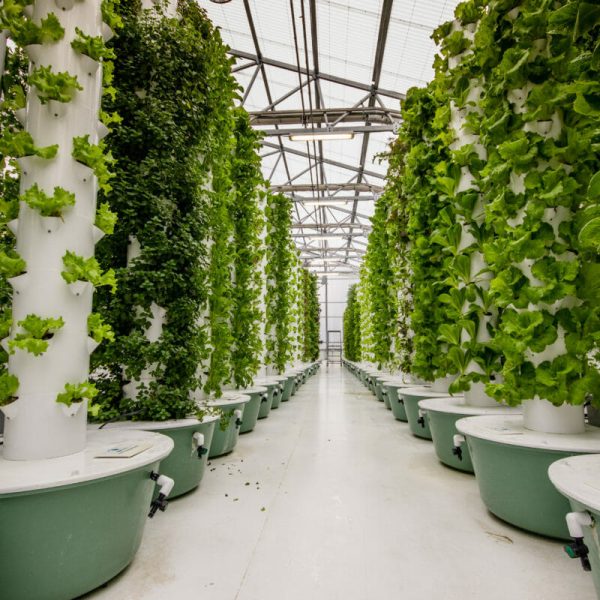Unhealthy soil, pests, and storm damage are just some of the problems that tree owners face every year. Tree care and insect control services in Salt Lake City and other places can attest to that.
If you want to keep your tree healthy all year round, it’s worth knowing the most common issues that trees may face and how you can avoid them.
1. Pests
Pests take advantage of stressed or weakened trees, causing visible damage to bark, leaves, and shoots while affecting the integrity and quality of the timber. Thus, when you see pests such as borers and beetles ravaging your tree, there is likely already an underlying problem that you have yet to address.
You can avoid this issue by checking your tree’s health periodically to ensure that there are no diseases present. Consequently, your tree will be healthy enough and be unattractive to pests. But If pests appear before you can address the underlying problem, contact an arborist as soon as possible.
2. Compacted soil
Compacted soil is perhaps the most common tree problem there is. It is commonly caused by heavy foot traffic and substantial objects being placed on top of the soil.
Soil compaction limits proper root growth and makes it harder for water and oxygen to penetrate the surface. These effects can lead to poor tree nutrition, which opens up a lot of other problems for your tree’s health. Fortunately, there are a lot of ways you can combat soil compaction, such as vertical mulching and manual loosening of the soil.
3. Storm damage
Heavy rainfall and winds can cause significant damage to trees, particularly young ones. Although you can’t control Mother Nature, you can take measures to protect your tree as much as possible from her wrath.
When a storm is coming your way, trim mature trees to decrease wind resistance and reduce the risk of branches damaging nearby structures. For young trees, tie down the trunk using spikes dug into the ground or cover the tree with durable material, like a tarp. After the storm, remove broken branches and fallen leaves from the ground to allow the soil to breathe.
 4. Lack of nutrients
4. Lack of nutrients
Poor tree nutrition usually translates into delayed growth and low tree strength, which can cause a domino effect on your tree’s health. Trees on residential properties typically have a harder time getting enough nutrients from the ground, mainly because decomposing leaves are swept away instead of left on the soil. That said, adding nutrition to the soil through mulching and fertilizer application is necessary.
5. Damage
Apart from storms, there are lots of other things that can damage a tree, such as lawn equipment and wild animals. Of course, avoiding this problem has a lot to do with being careful with lawn equipment and securing the yard to prevent the entry of animals (and other uninvited guests). However, it’s just as important to call for professional help once you spot signs of damage.
Trees take decades to fully mature, which is why losing them to preventable conditions is an environmental tragedy. Using this new knowledge, you can now watch out for the problems and take some measures to prevent them from happening.




